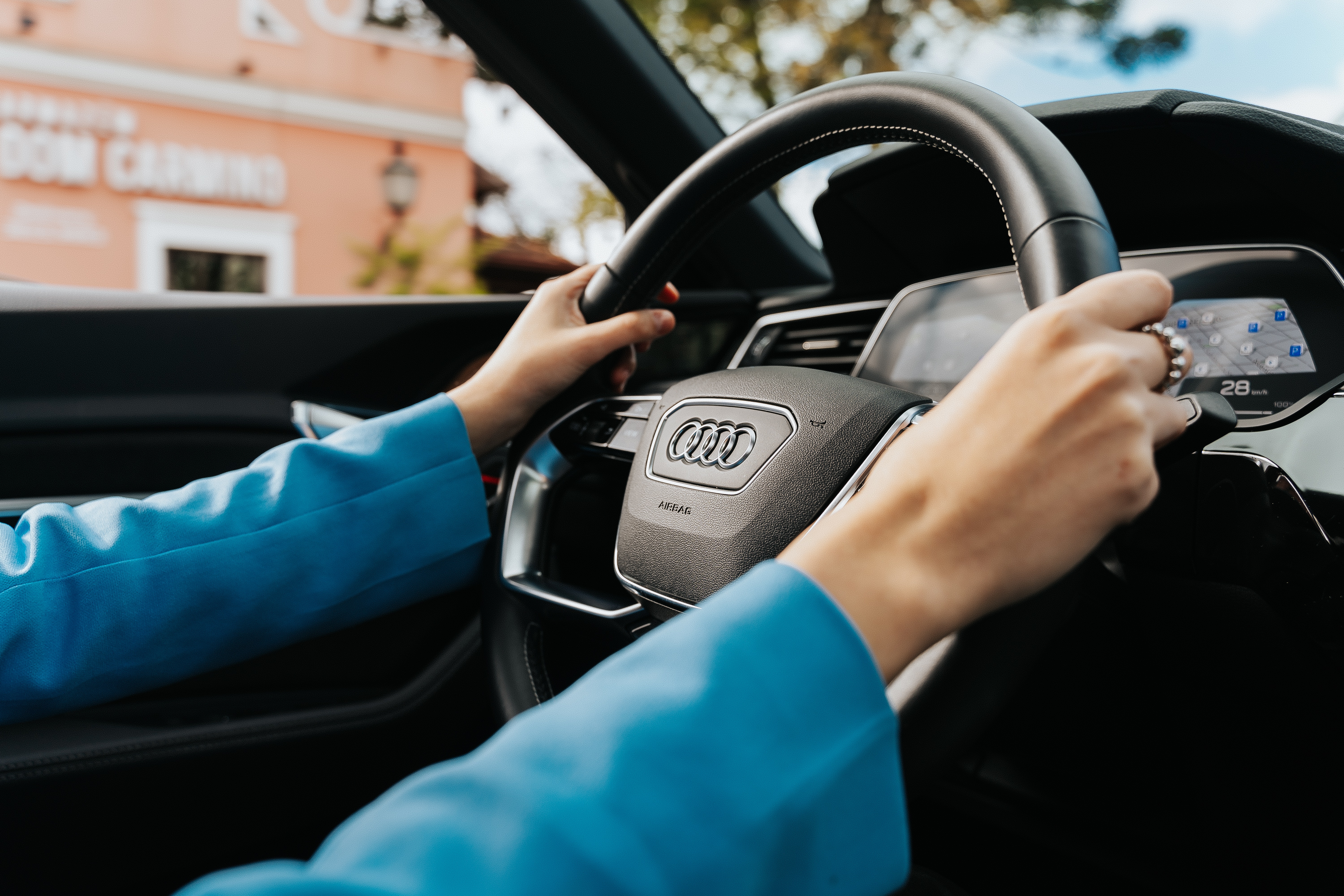
Safe driving requires your undivided attention and focus. But when the summer vibes and open road are calling your name, many distractions are fighting for your attention while we’re behind the wheel. From technological devices to day-to-day activities, your safety depends on recognizing and eliminating distractions that can jeopardize your life and health.
Smartphones are useful in most cases, but the temptation to check messages, make calls, or scroll through social media while driving has become a significant hazard on the roadways. The National Highway Traffic Safety Administration (NHTSA) reported over 400,000 injuries caused by distracted driving in the United States alone in 2019. This alarming statistic emphasizes the importance of understanding and avoiding distractions while driving.
Here are five common distractions that can cause dangerous accidents. Recognizing and addressing these distractions can help enhance your driving skills, reduce risks, and ensure the well-being of you and others on the road.
Cell Phone Use
One of the most dangerous distractions while driving is using cell phones. With smartphones and the allure of constant connectivity, many drivers find it challenging to resist the temptation to check messages and make calls while operating a vehicle. But these activities divert your attention from the road and significantly increase the risk of accidents.
While you can’t control other distracted drivers, you can control your driving environment. Deciding to respond to a text message once you’re parked can be the difference between a safe arrival and looking for Denver personal injury lawyers.
Texting while driving is particularly dangerous because it requires visual, manual, and cognitive attention simultaneously, making it one of the most startling diversions on the road. To minimize cell phone distractions while driving, you should:
- Turn off notifications or use safe driving mode
- Consider hands-free options
- Be willing to pull over when necessary
Remember, you should always consider your safety and the safety of others over any cell phone distractions. Establishing and maintaining good habits can help create a safer driving environment and set a positive example for others.
Technology Devices
While modern vehicles offer advanced infotainment systems, GPS devices, and other in-car technologies, interacting with them can be highly distracting and hazardous. Adjusting settings, entering addresses, or browsing menus diverts attention from driving and increases the risk of accidents.
Ironically, you can also get distracted by some of the safety features in a newer car if you’re unfamiliar with how they work. You can avoid these distractions by studying the car’s features before getting on the road.
You should also pre-set your GPS, adjust mirrors, and any other necessary settings to minimize the need for adjustments while driving. Remember, the primary purpose of in-car technologies is to add convenience and safety. But it’s important to balance using these features and focusing on the road.
Engaging With Passengers
Whether you’re having a philosophical discussion or playing a car game, engaging with passengers while driving is part of the fun on a road trip. But conversations and interactions with passengers can be a potential distraction, especially if they are highly engaging or emotionally charged. It may spoil the mood at first, but you should establish some ground rules before driving.
Encourage your passengers to respect your need for concentration while driving and ask them to minimize distractions if you need a quieter environment to focus. These clear communication boundaries can help create a supportive space where everyone understands the importance of prioritizing safety.
You should definitely set some guidelines for children to help them learn good driving habits for the future. As for your adult conversations, casual chit-chat or sharing interesting anecdotes can create an enjoyable atmosphere without compromising your ability to concentrate on the road.
Eating and Drinking
The busyness of life can make eating and drinking while driving very tempting. If you already have a habit of snacking behind the wheel, you’re more likely to do it on long trips. But eating and drinking also require manual and visual attention that should really be focused on driving.
It may seem like a quick action that doesn’t require much brain power, but there’s a difference between your ability to steer the car with one hand and quickly reacting to another driver’s mistakes.
Every second counts in defensive driving and eating or drinking behind the wheel involves significant risks and increases the likelihood of accidents. Even a momentary lapse in visual focus can lead to missed cues, reduced reaction time, and potential accidents.
Fatigue
Fatigue can completely diminish your ability to focus, affect judgment, and slow reaction times. It impairs cognitive function, making it difficult to process information and respond appropriately to changing road conditions. These effects can be similar to alcohol impairment, as both intoxicated and sleep-deprived drivers believe they can drive in their condition.
Recognizing the signs of fatigue is necessary for addressing it promptly. Adequate sleep is key for overall well-being and alertness. You should prioritize getting a good night’s sleep before starting a long journey. Be sure you’re well-rested and refreshed, especially for extended trips, and take breaks every few hours to stretch your legs and give your mind a break.
Final Thoughts
The consequences of distracted driving can be severe, affecting not only your life but also the lives of others on the road. By recognizing and avoiding distractions while driving, you actively contribute to a safer and more responsible driving culture. From the frequent use of cell phones and in-car technologies to engaging with passengers, eating and drinking, and combating fatigue, these distractions can severely compromise your ability to drive safely.
Each distraction comes with its own risks and challenges, but with awareness and conscious effort, you can minimize their impact and prioritize road safety. For successful traveling, set a standard of responsible driving, where your attention remains focused on the road, your reactions are swift and effective, and your commitment to safety is unwavering.